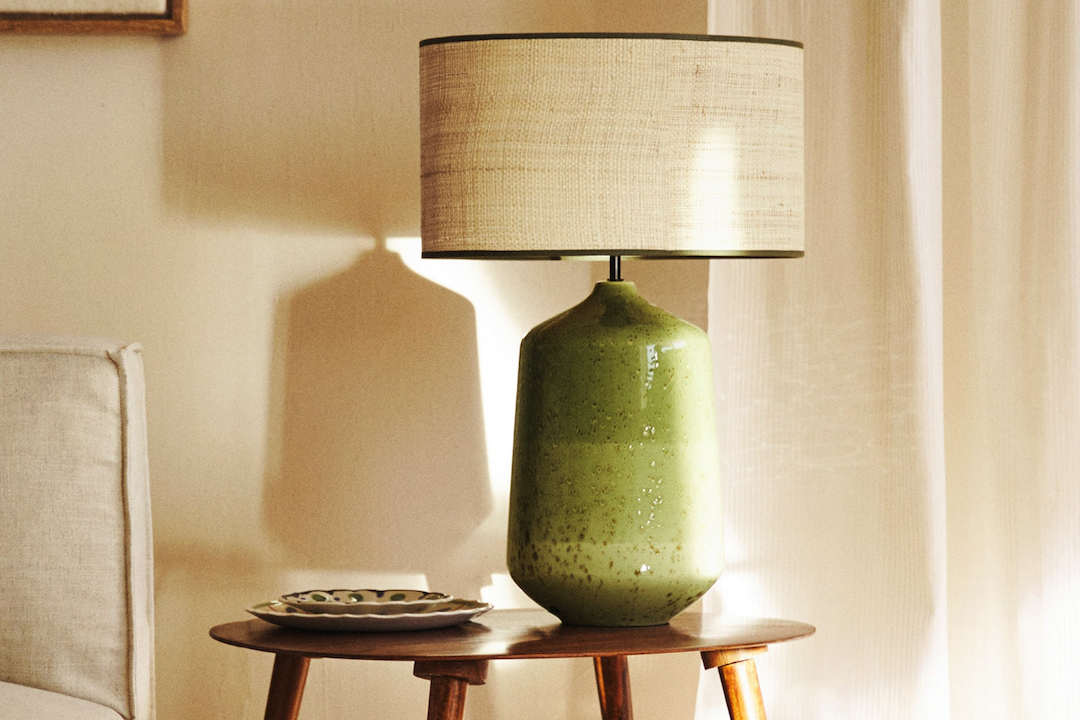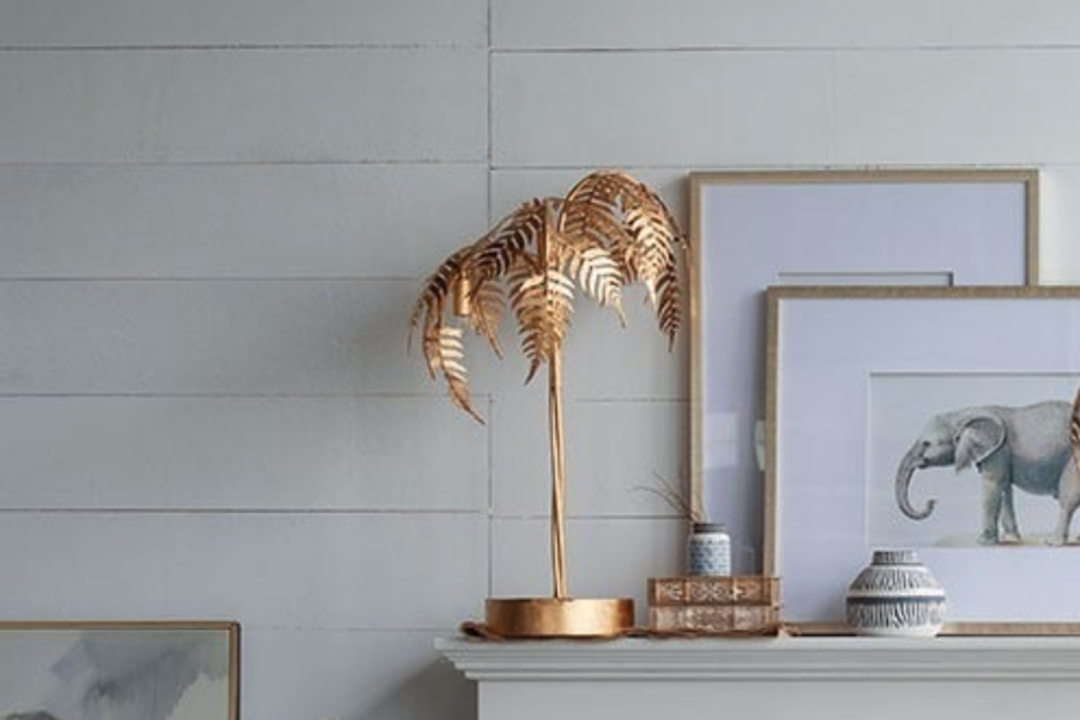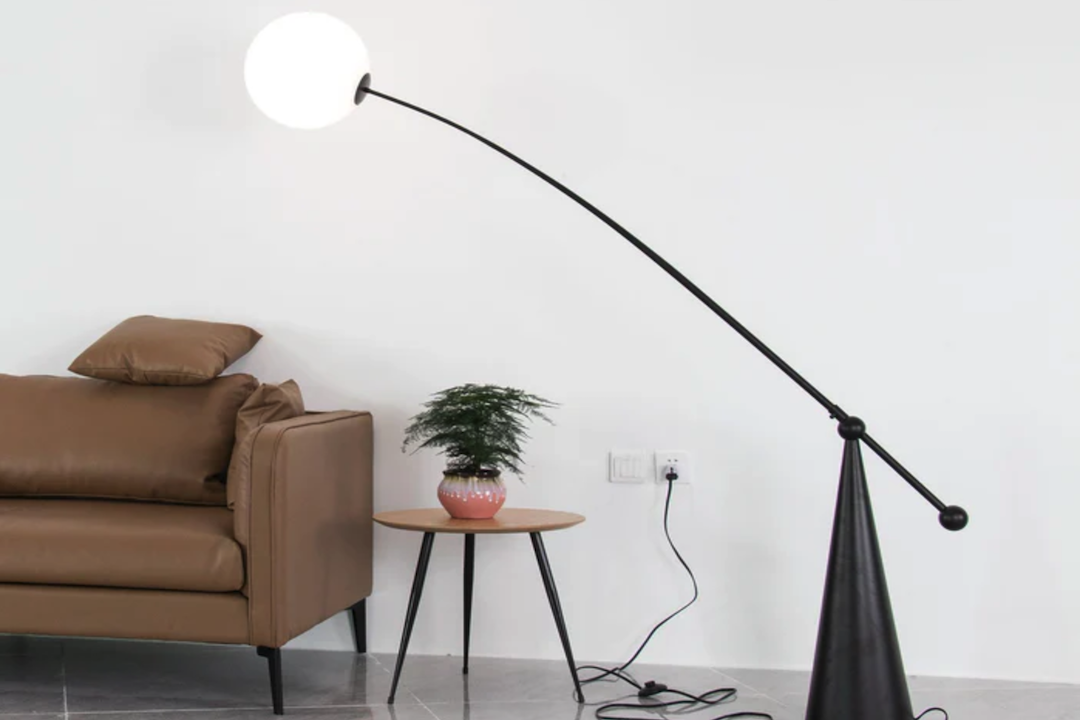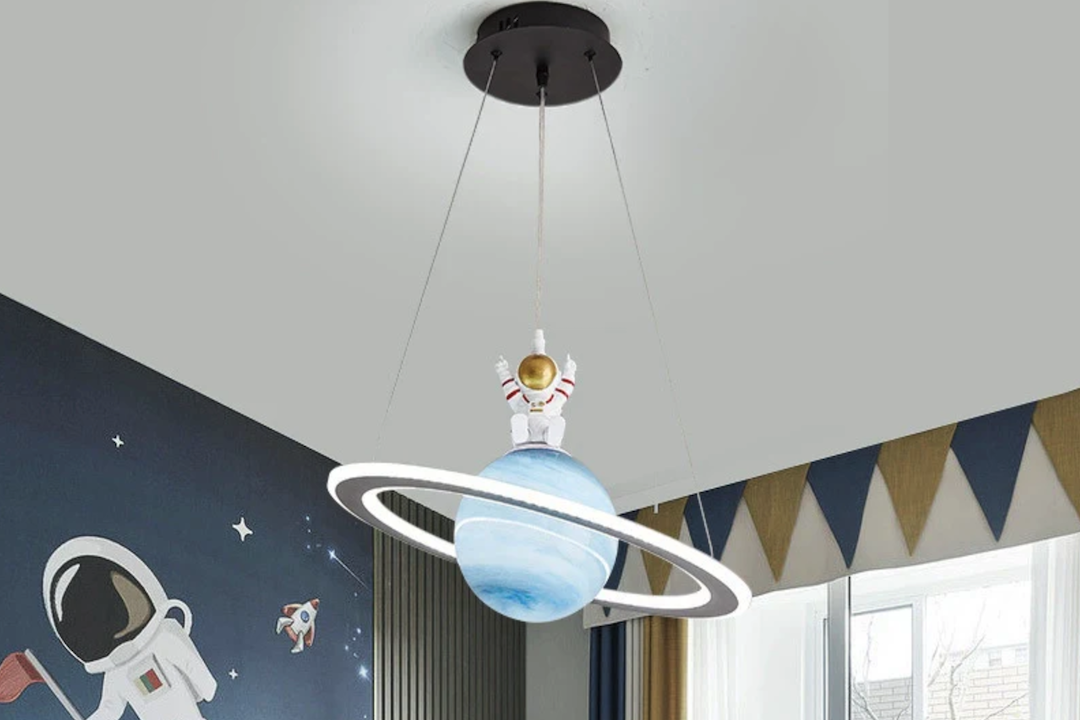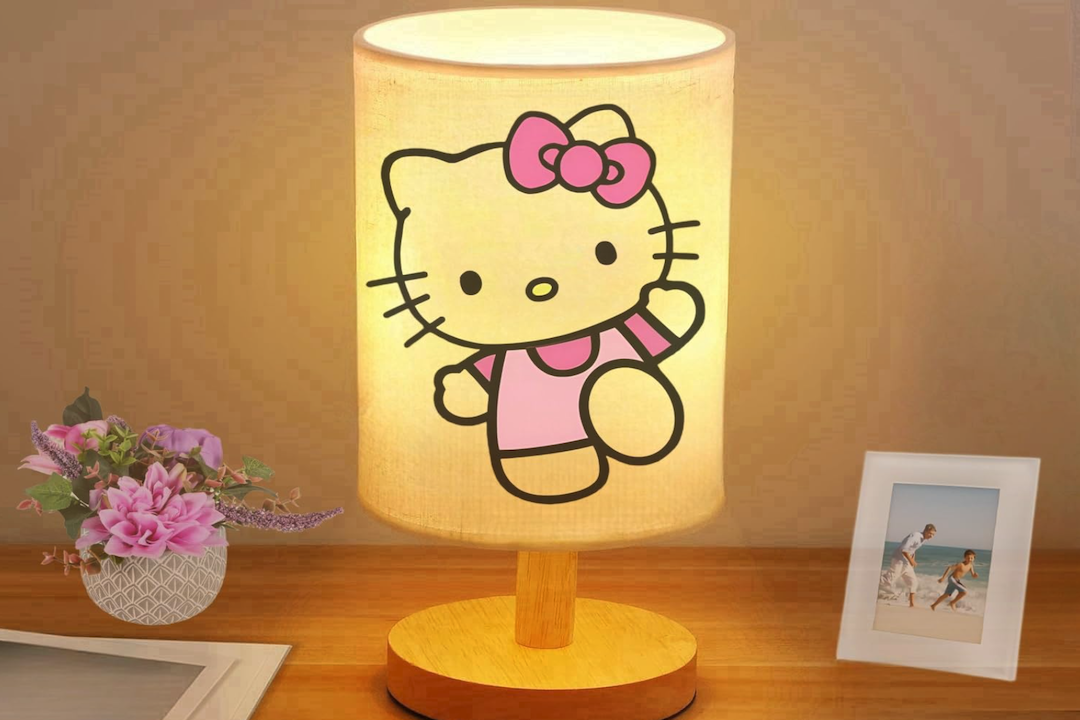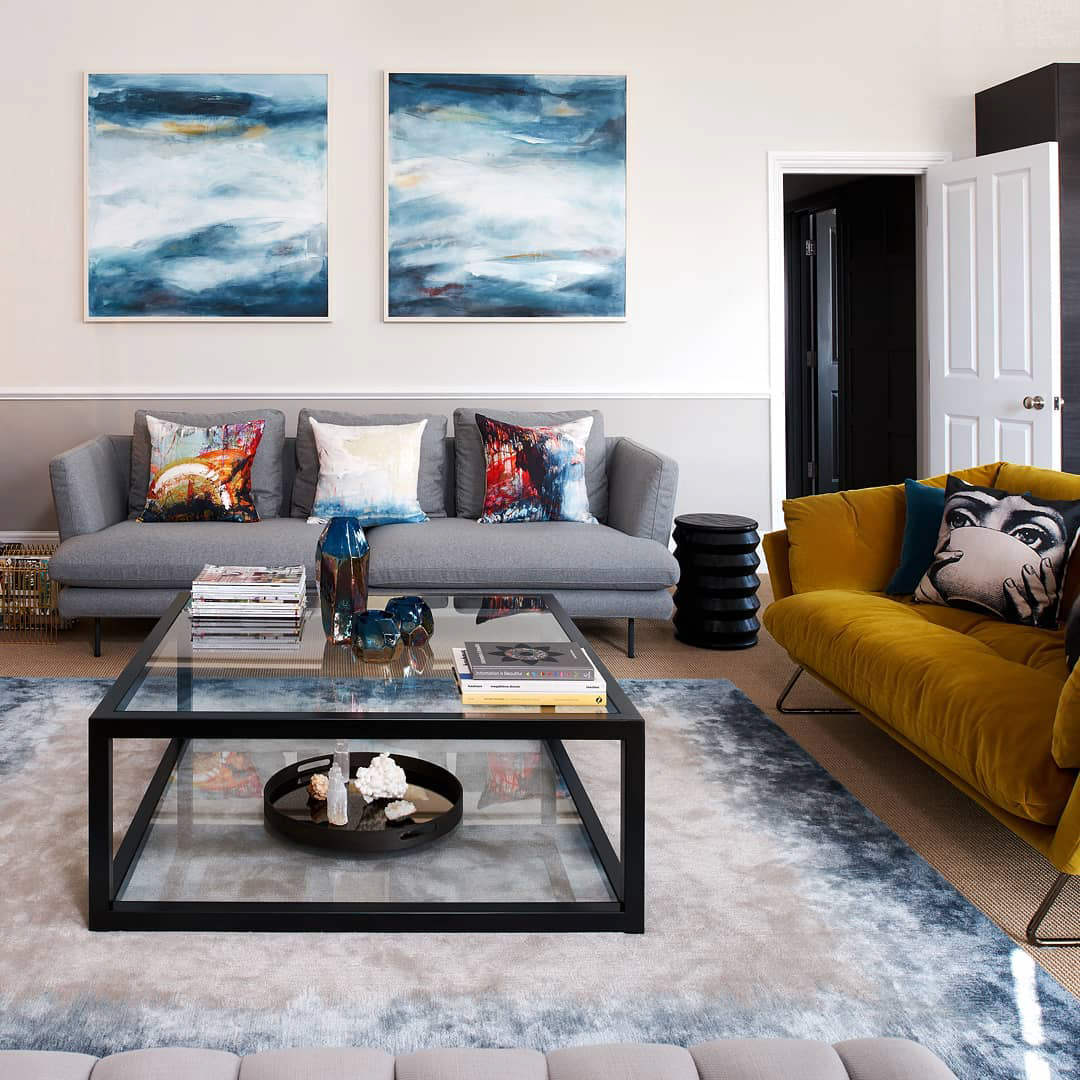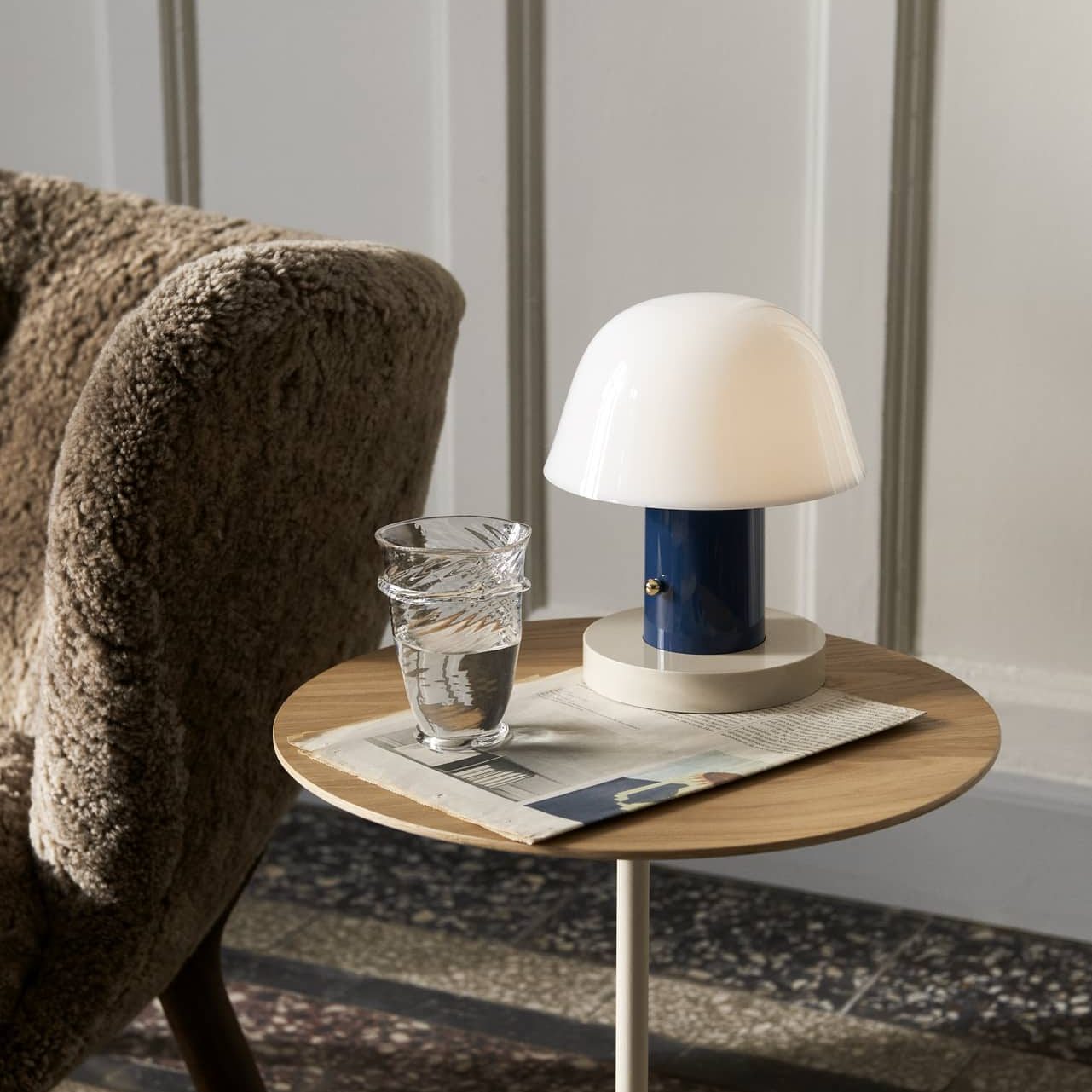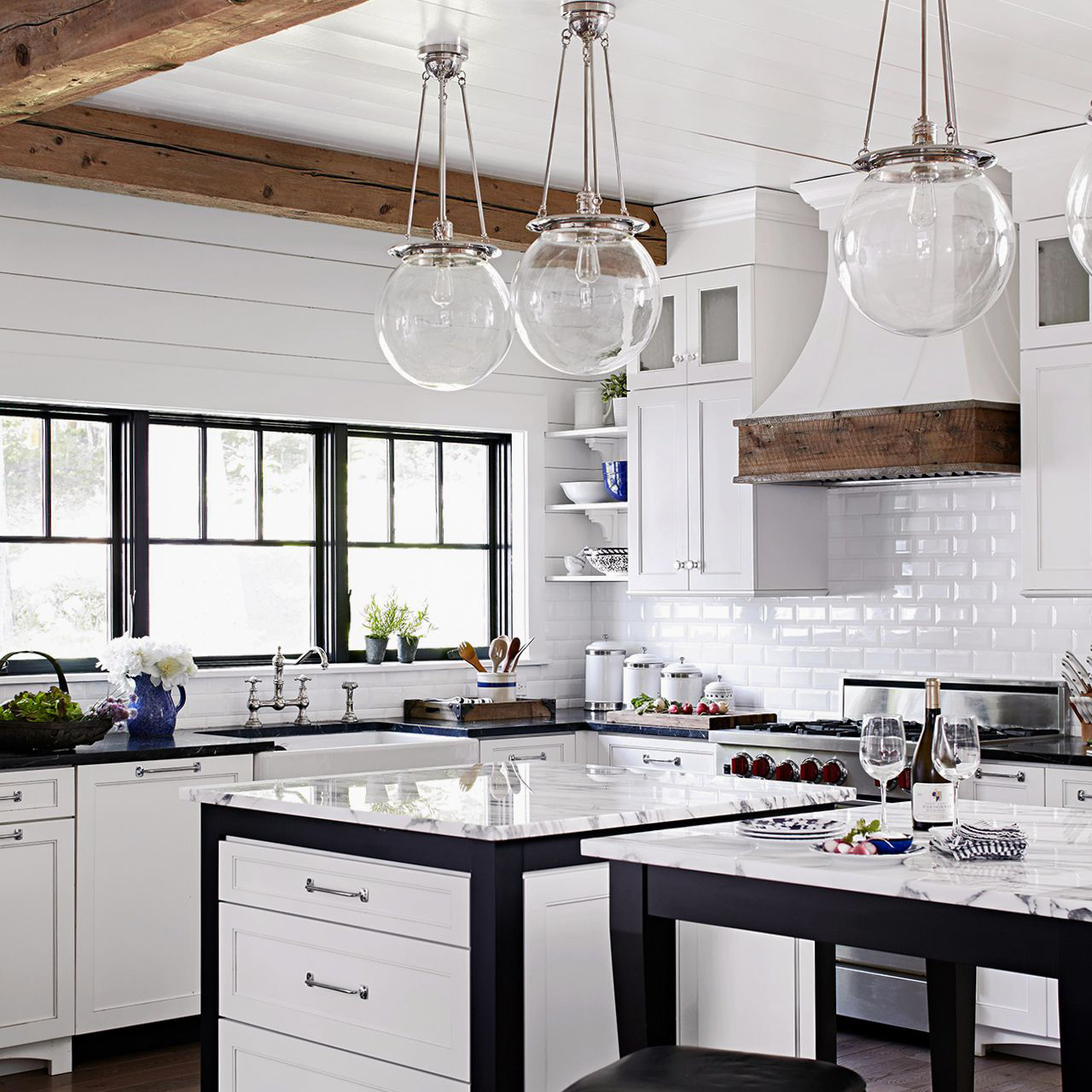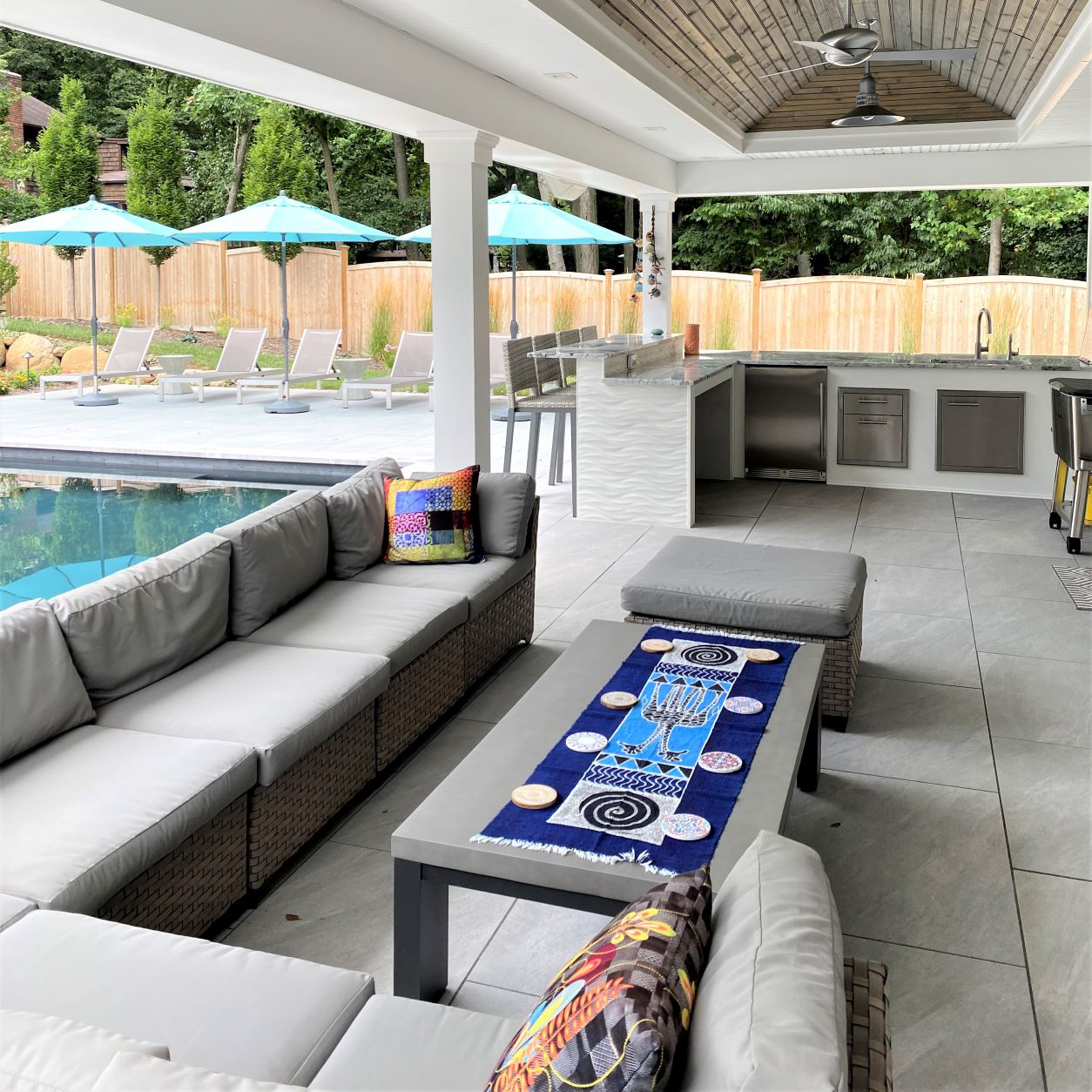Introduction
In recent years, the fusion of Japanese and Swedish design has gained popularity in the world of interior and product design. This unique blend of styles has resulted in a new aesthetic that is both minimalistic and functional. Japanese design is characterized by simplicity, natural materials, and attention to detail, while Swedish design values practicality and functionality. In this article, we will explore the origins of this trend, its key features, and some examples of how it has been applied in various design projects.
The Origins of Japanese and Swedish Design
Japanese design has its roots in traditional Japanese culture, which values simplicity, nature, and harmony. The influence of Zen Buddhism is also evident in Japanese design, which emphasizes the importance of mindfulness and simplicity. Swedish design, on the other hand, emerged in the 20th century as a response to the industrialization of Sweden. The focus of Swedish design was on creating functional and practical products that were affordable for the masses.
Key Features of Japanese and Swedish Design
The fusion of these two design styles has resulted in a unique aesthetic that is characterized by the following key features:
Minimalism
Both Japanese and Swedish design are known for their minimalistic approach. This means that designs are stripped down to their most essential elements, with no unnecessary adornments or ornamentation.
Natural Materials
Japanese design values natural materials such as wood, bamboo, and rice paper. Similarly, Swedish design places an emphasis on using local and sustainable materials such as wood, leather, and textiles.
Attention to Detail
Both Japanese and Swedish design pay attention to even the smallest details. From the way a chair is constructed to the way a plate is glazed, every aspect of a design is carefully considered.
Functionality
Swedish design values practicality and functionality, which means that products are designed to be used and to last. Japanese design also places an emphasis on functionality, but in a more subtle and understated way.
Examples of Japanese and Swedish Design
One example of Japanese and Swedish design in action is the work of Swedish-Japanese designer Fumie Shibata. Shibata’s design studio, Fumie Shibata Design, creates products and spaces that seamlessly blend elements of both Japanese and Swedish design. From her minimalist lighting fixtures to her practical and functional kitchenware, Shibata’s designs embody the best of both worlds.
Another example of this trend is the work of Danish design company, Norm Architects. Norm Architects’ work is heavily influenced by Japanese and Swedish design, which is evident in their use of natural materials, minimalist forms, and attention to detail. Their focus on functionality can be seen in their range of furniture, lighting, and home accessories that are both practical and beautiful.
The fusion of Japanese and Swedish design has resulted in a new aesthetic that is both minimalistic and functional. This trend has its roots in the simplicity and practicality that are valued in both cultures. It is a reminder that good design is not just about aesthetics, but about creating products and spaces that are both beautiful and useful. Whether it is in the form of a sleek lighting fixture or a practical piece of furniture, Japanese and Swedish design continue to inspire designers around the world.
